Butterfly Games—The Story Behind the Book
Posted on 05/11/25 in Butterfly Games, Newsletter, Swedish Royals, Uncategorized
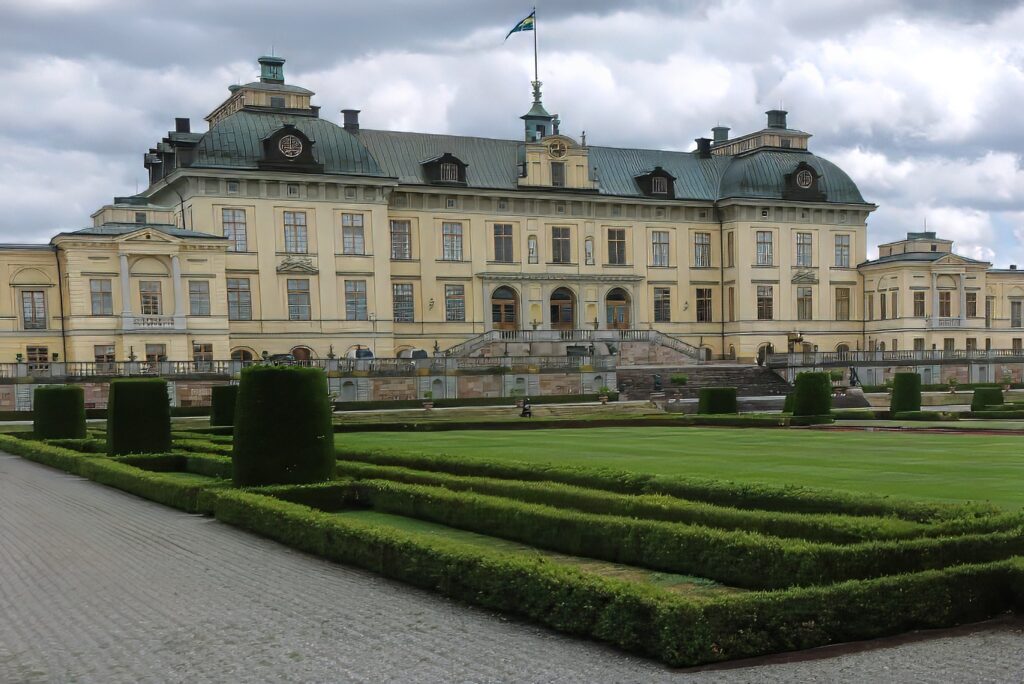
A French General, a Broken Kingdom, and A Countess
Want to know the story behind Butterfly Games? When people think of the early 1800s, they picture Napoleon storming across Europe or Marie Antoinette meeting her tragic end in the 1790s. Few realize that the same upheaval swept through Sweden—a kingdom about to lose half its territory, its king, and its sense of security.
That’s where Butterfly Games begins.
A Family of Courtiers
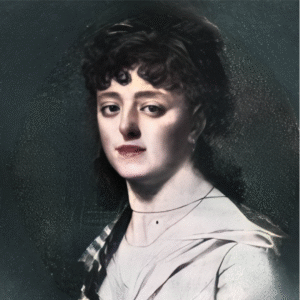
Before her marriage, Baroness Aurora De Geer already belonged to one of Sweden’s most powerful noble families. At sixteen, she married her cousin, Count Nils Gyldenstolpe, an ambitious army officer eleven years her senior. The match united rank, fortune, and ambition, earning Aurora the title of countess and a coveted place at the royal court of King Gustav IV Adolf and Queen Fredrika.
But court life was treacherous—a world ruled by gossip, rivalry, and fjärilsleken—the “butterfly game.” In royal and aristocratic circles, influence was currency, and affection could be a political act. In Jacquette’s parents’ marriage, Nils strayed first, and often. Aurora, sharp and pragmatic, had to learn to play her own hand.
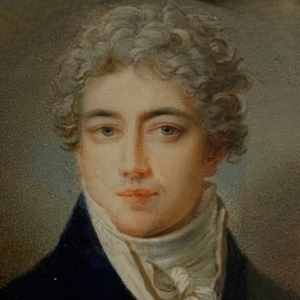
Among those who admired her intelligence was Gustaf Wetterstedt, the king’s rising secretary—a self-made man from the lower nobility whose brilliance and composure made him indispensable. His competence and caution propelled him swiftly upward, and his connection with Aurora—part passion, part alliance—would enable them to survive the political storms ahead.
Aurora’s younger sister, Emilie De Geer, also served at court. Vivacious and headstrong, she captured the attention of Count Axel von Fersen, the celebrated Swedish nobleman long rumored to have been Marie Antoinette’s lover. Their on-and-off relationship became one of Stockholm’s most talked-about romances—would Emilie marry the Marshal of the Realm?
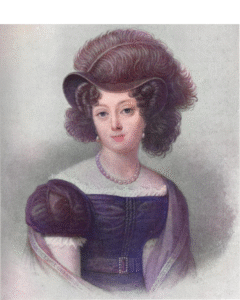
The Birth of Jacquette
Amid these dazzling intrigues, Jacquette Gyldenstolpe was born in Stockholm in 1797, the first child of Aurora and Nils. Two younger brothers soon followed. The family lived at Ingemarshof, a gracious property on the northern edge of the city.
Behind the elegance, though, lay tension: a marriage unraveling, a court filled with rivals, and a nation inching toward war.
A Country at War
By 1809, Sweden’s problems had turned to crisis. After six centuries of rule over Finland, the nation lost the territory to Russia in a catastrophic war. The defeat shattered confidence in King Gustav IV Adolf, whose leadership had become erratic and costly.
On March 13, 1809, the army marched on Stockholm and overthrew the king in a bloodless coup. Gustav was imprisoned, and his eleven-year-old son, Crown Prince Gustav, was exiled to Germany with his family.
The throne passed to the deposed king’s frail, childless uncle, Karl XIII, and his politically astute wife, Queen Charlotte. Aurora returned to court as one of the queen’s mistresses of the robes, while Wetterstedt was appointed Court Chancellor, one of the most powerful posts in the kingdom.
But Sweden remained divided. Many nobles still supported the exiled Crown Prince Gustav. Wetterstedt, more pragmatic than most, believed the real threat came not from within but from abroad. He wanted to outmaneuver Napoleon—to prevent Sweden from becoming France’s pawn or its next casualty in Europe’s endless wars.
Murder in the Streets

The uneasy peace shattered in 1810 when Sweden’s newly chosen crown prince, Christian August, died suddenly during a military review. Whispers of poison swept the capital, and suspicion fell on Count Axel von Fersen—Emilie’s lover and one of Sweden’s most famous men.
The accusation was false, but outrage ignited. On June 20, 1810, as Fersen led the prince’s funeral procession through Stockholm, a mob dragged him from his carriage and beat him to death while soldiers looked on. His murder horrified the nation and left Sweden once again without a clear heir.
A Letter, a Gamble, and a French Connection
Sweden was in chaos after the crown prince’s death, and no one could agree on a successor.
Official envoys were sent to ask Napoleon to approve selection of a Danish prince, but one daring officer—Carl Otto Mörner, brother-in-law to Gustaf Wetterstedt—had another idea.
He went to Wetterstedt and asked to go to Paris with a copy of the king’s letter. Once there, without permission, he quietly approached Jean-Baptiste Bernadotte, one of Napoleon’s marshals. Mörner asked if Bernadotte would accept an offer to become crown prince, heir to the Swedish crown. It was a wild notion—Bernadotte was a commoner, a foreigner, and Napoleon’s Minister of War—but it started a chain of events that would change Sweden forever.
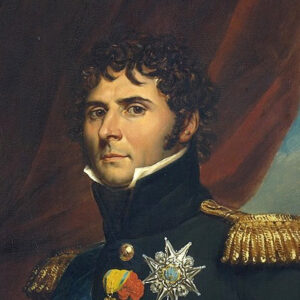
Enter Charles Jean
In the chaos that followed, Sweden’s government made a bold and deeply controversial decision: to invite Bernadotte to become heir to the throne.
After long deliberation—and with Wetterstedt’s cautious support—the Riksdag elected Bernadotte as Crown Prince of Sweden. Bernadotte was known for his intelligence, his steady temperament, and for the respect he had shown Swedish prisoners of war years earlier.
His selection, though, enraged some members of the aristocracy and lacked support from European rulers. Bernadotte was a commoner, and his appointment felt like an insult to certain Swedish noble families. Many saw him as a foreign usurper, and whispers persisted about restoring the exiled prince.
Still, in October 1810, Bernadotte arrived in Sweden. He converted to Lutheranism, took a new name—Charles Jean—and began to rebuild the fractured kingdom, determined to steer it between Napoleon’s empire and the looming threats of war.
The New Prince
Charles Jean came to Sweden alone. His wife, Désirée Clary—Napoleon’s former fiancée—and their young son remained in Paris.
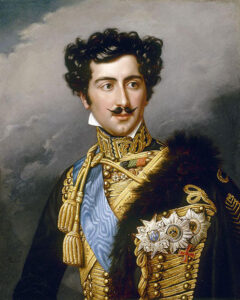
The new prince’s name was Oscar.
In December 1810, after an arduous winter journey by sea and carriage, Désirée and Oscar finally arrived in Sweden.
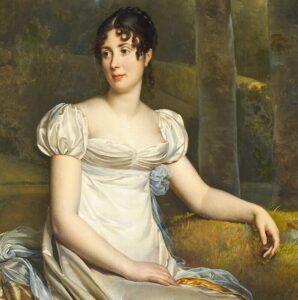
For Désirée, the transition was miserable. Born under the bright skies of Marseilles and long accustomed to Parisian luxury, she found Sweden bleak and alien.
Her unhappiness—and her husband’s outsider status—did little to endear the new royal family to Sweden’s wary court. In early June 1811, she moved back to Paris, leaving her young son, Prince Oscar, in Sweden. He was an heir to the throne, and there was no other choice.
A Countess Meets a Prince
By the summer of 1811, when Butterfly Games opens, Sweden was still uncertain of its new rulers. A French crown prince sat beside an aging king, and the nobility simmered with divided loyalties.
Into this glittering, uneasy world stepped Jacquette Gyldenstolpe, Aurora’s fourteen-year-old daughter, newly arrived to spend the summer at Drottningholm Palace.
During the celebrations for Prince Oscar’s birthday, beneath music and fireworks over the lake, Jacquette formed a bond with the young prince.
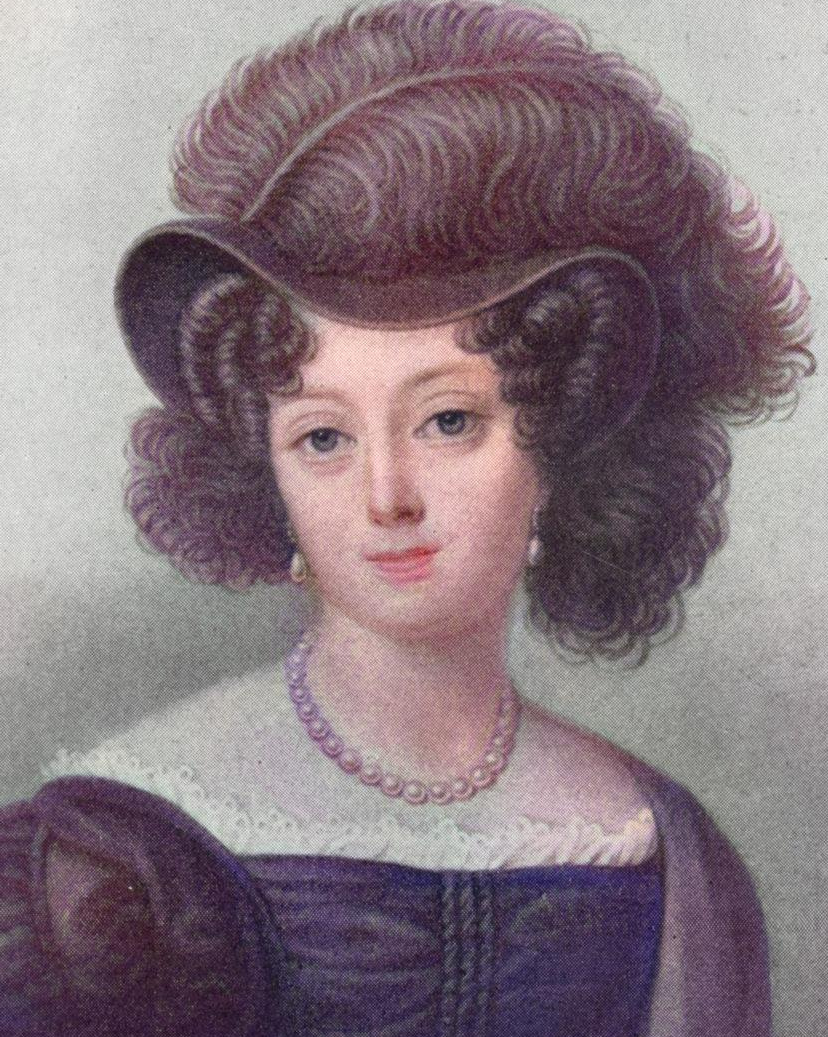
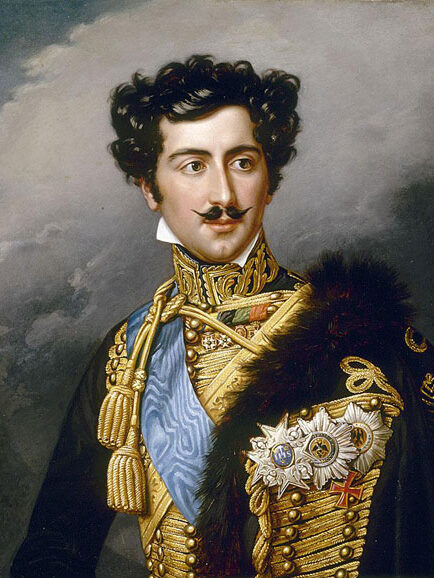
It was a summer that would alter both their lives, and perhaps the fate of a country.
Estimated reading time: 8 minutes



